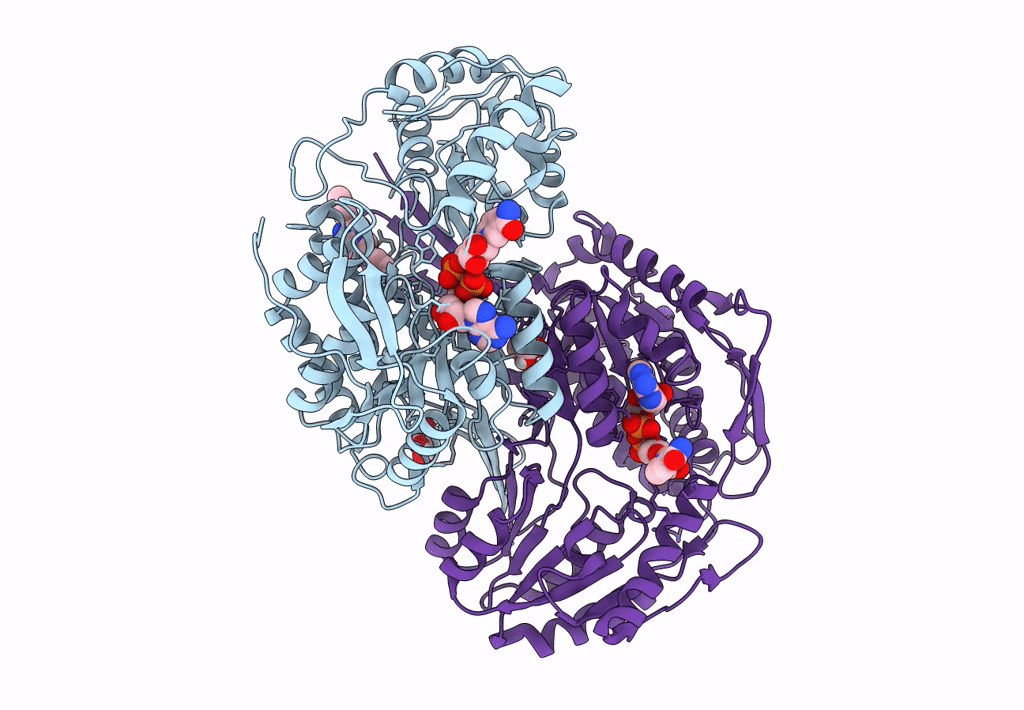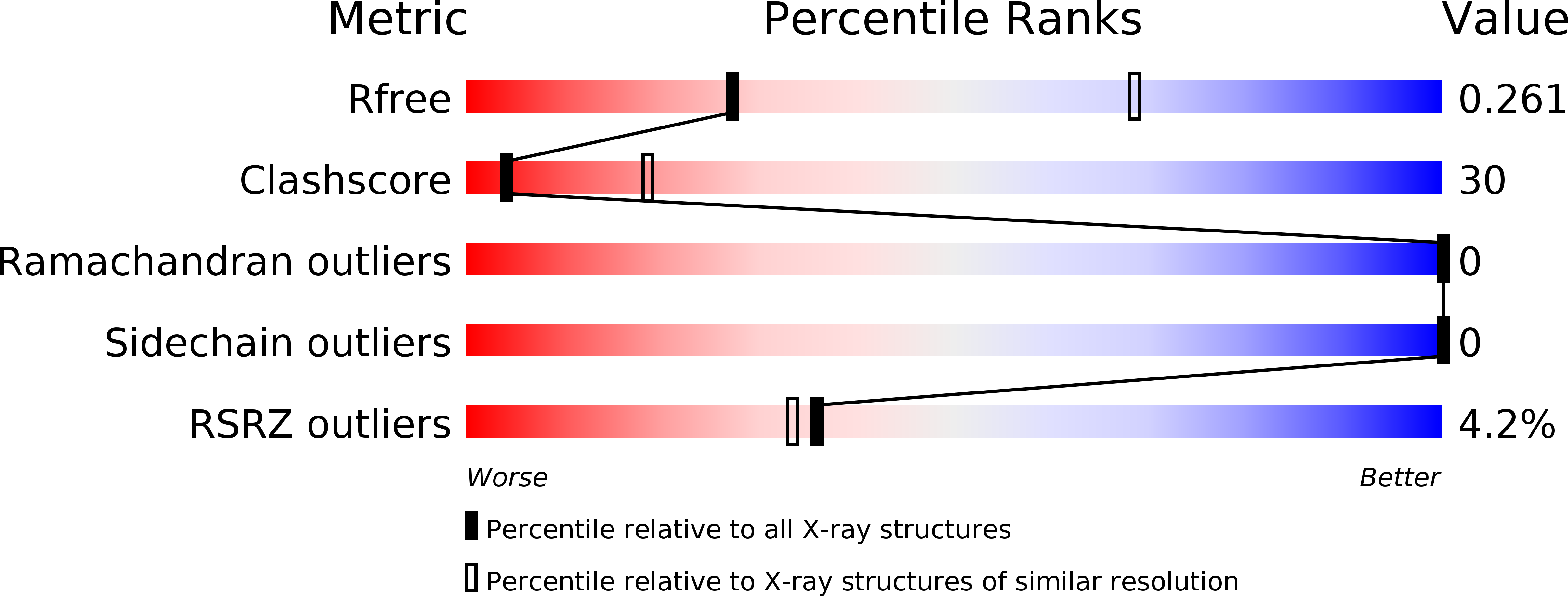
Deposition Date
2019-07-03
Release Date
2020-04-22
Last Version Date
2025-10-01
Entry Detail
PDB ID:
6S6W
Keywords:
Title:
Crystal Structure of human ALDH1A3 in complex with 2,6-diphenylimidazo[1,2-a]pyridine (compound GA11) and NAD+
Biological Source:
Source Organism:
Homo sapiens (Taxon ID: 9606)
Host Organism:
Method Details:
Experimental Method:
Resolution:
3.25 Å
R-Value Free:
0.25
R-Value Work:
0.17
Space Group:
P 21 2 21


